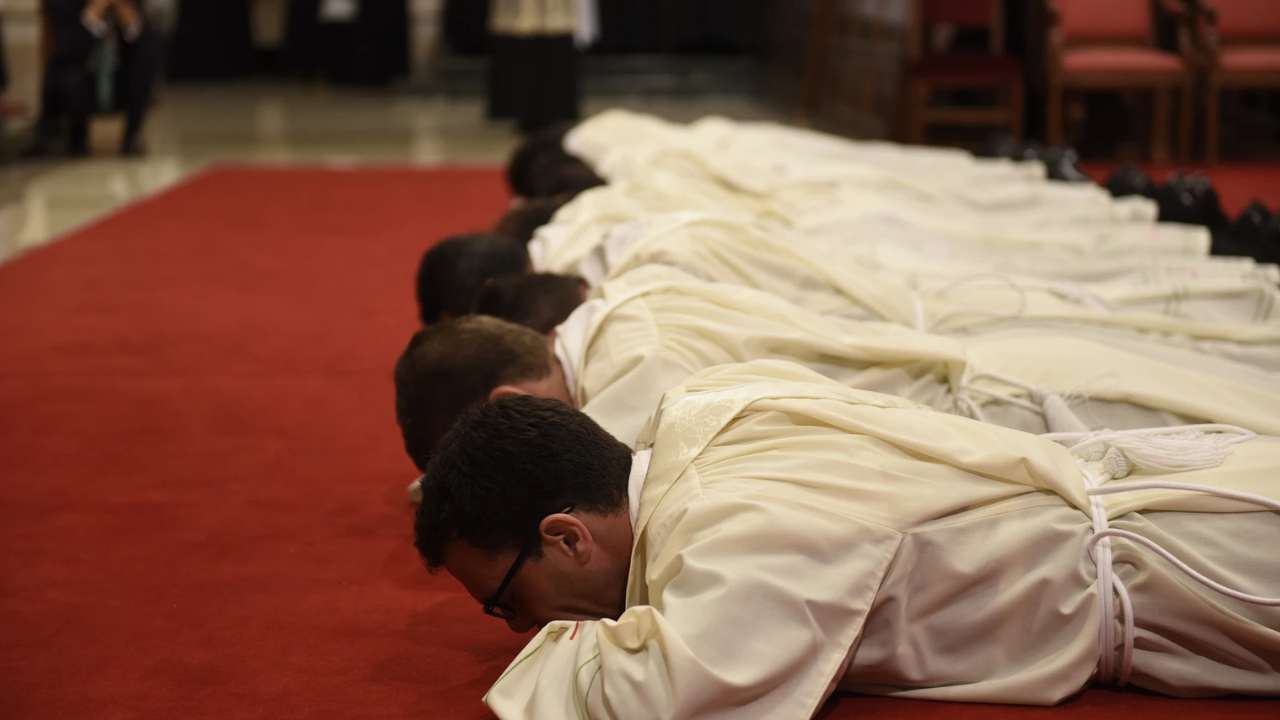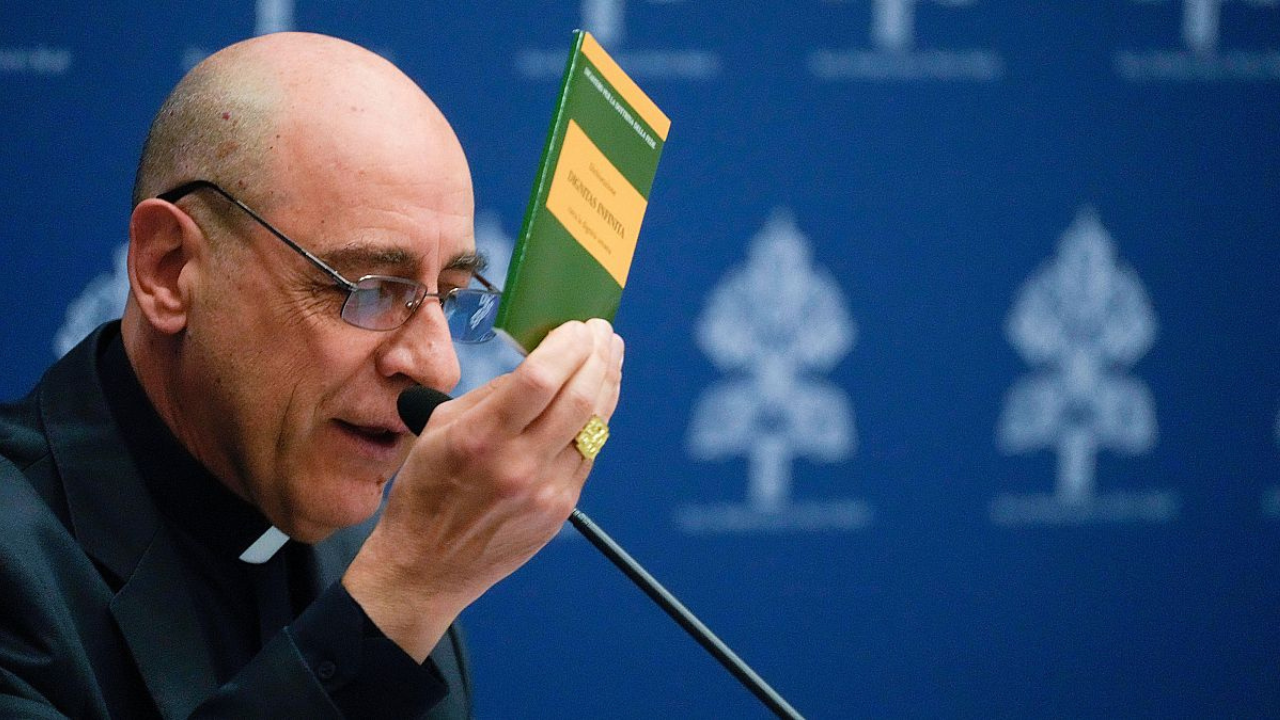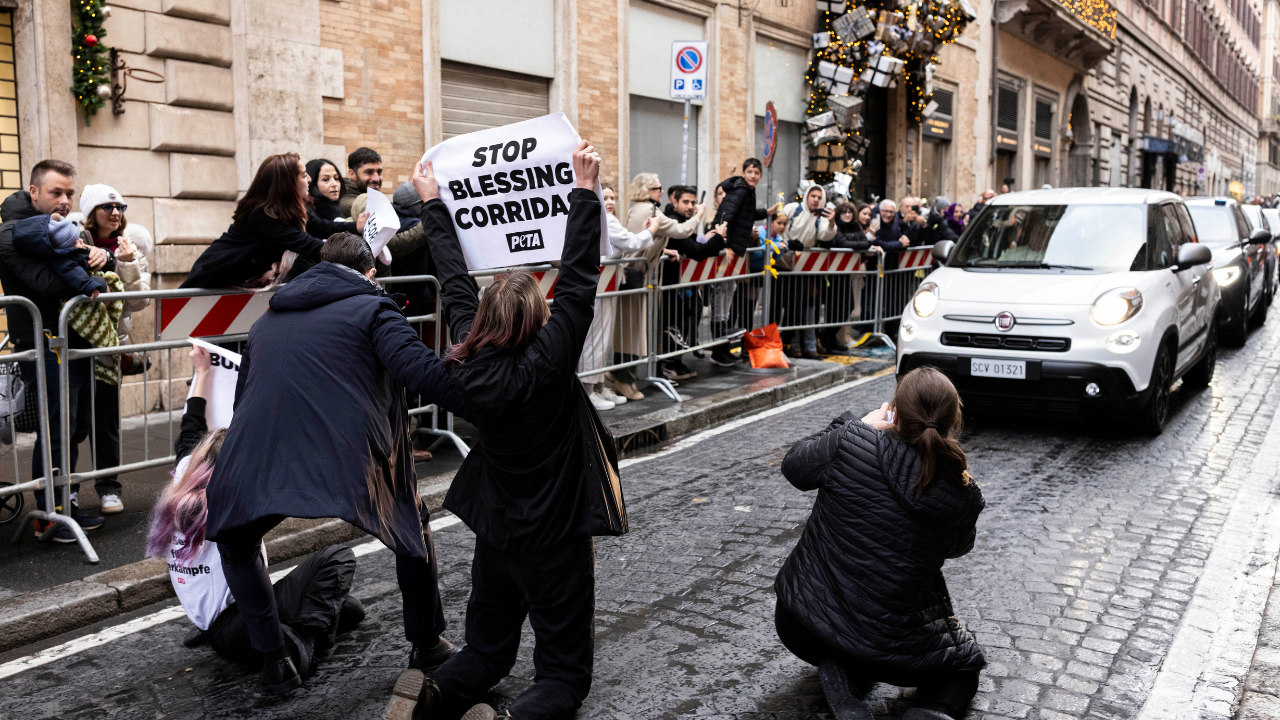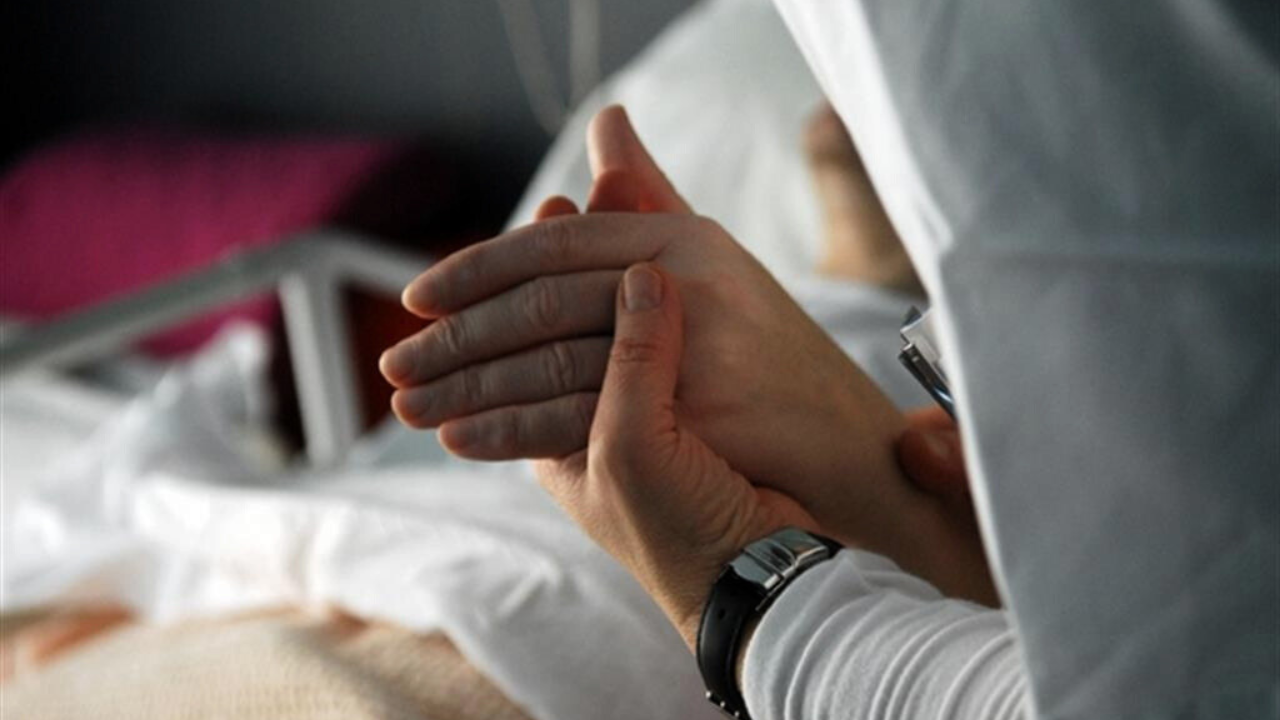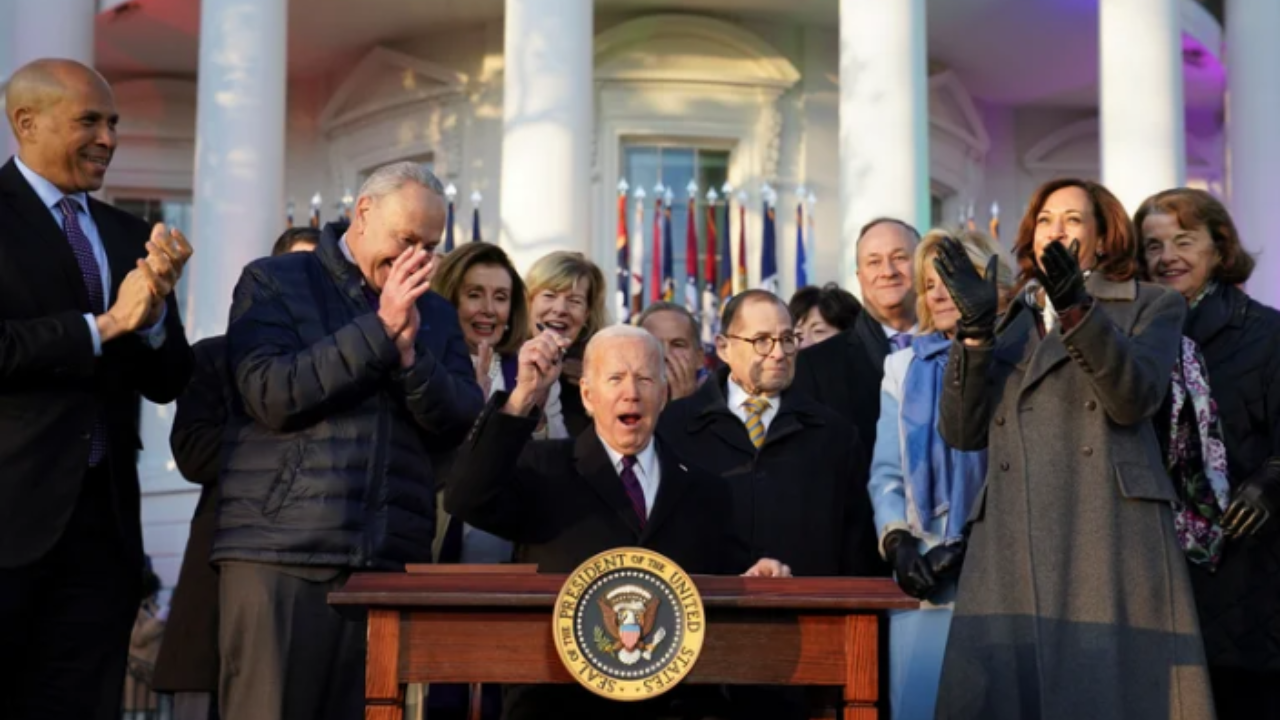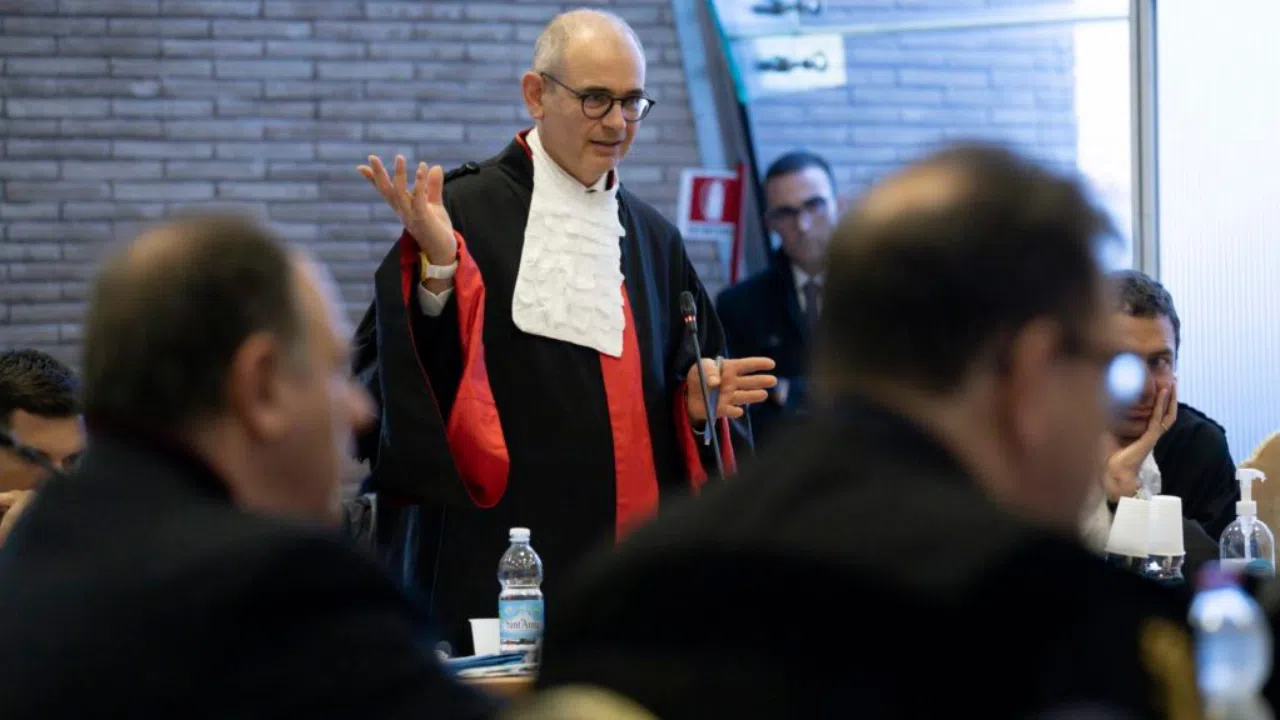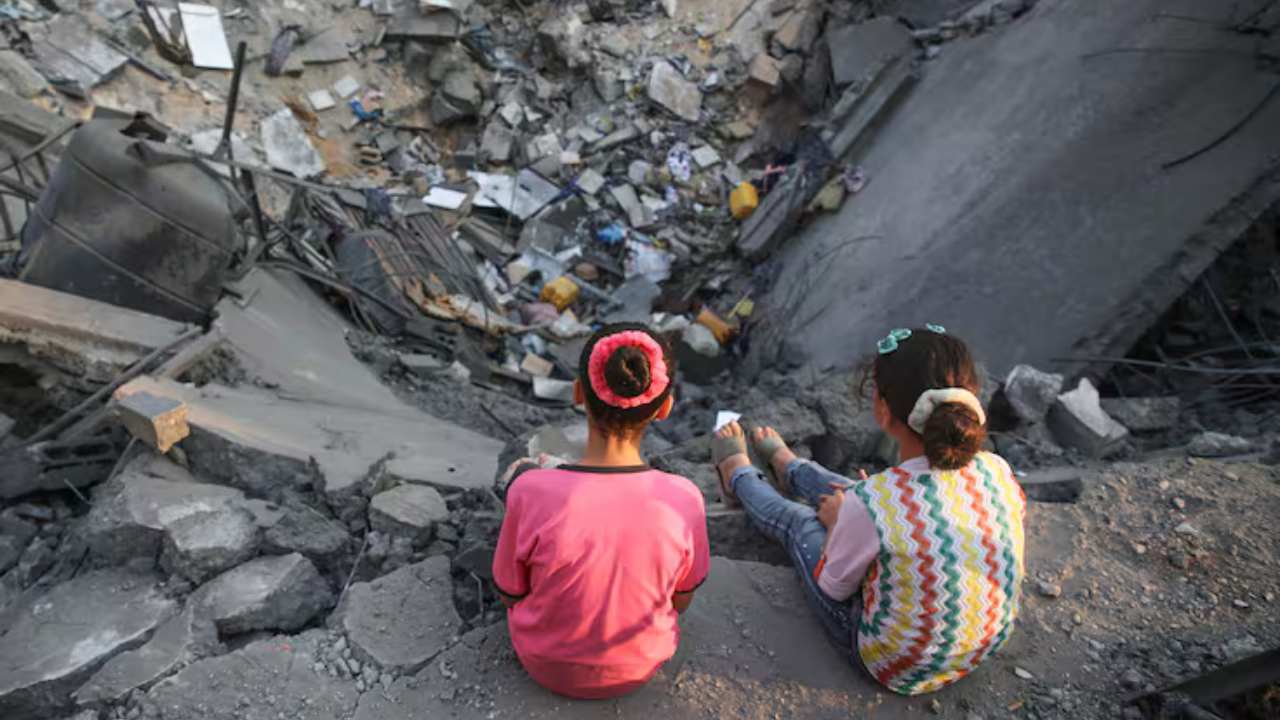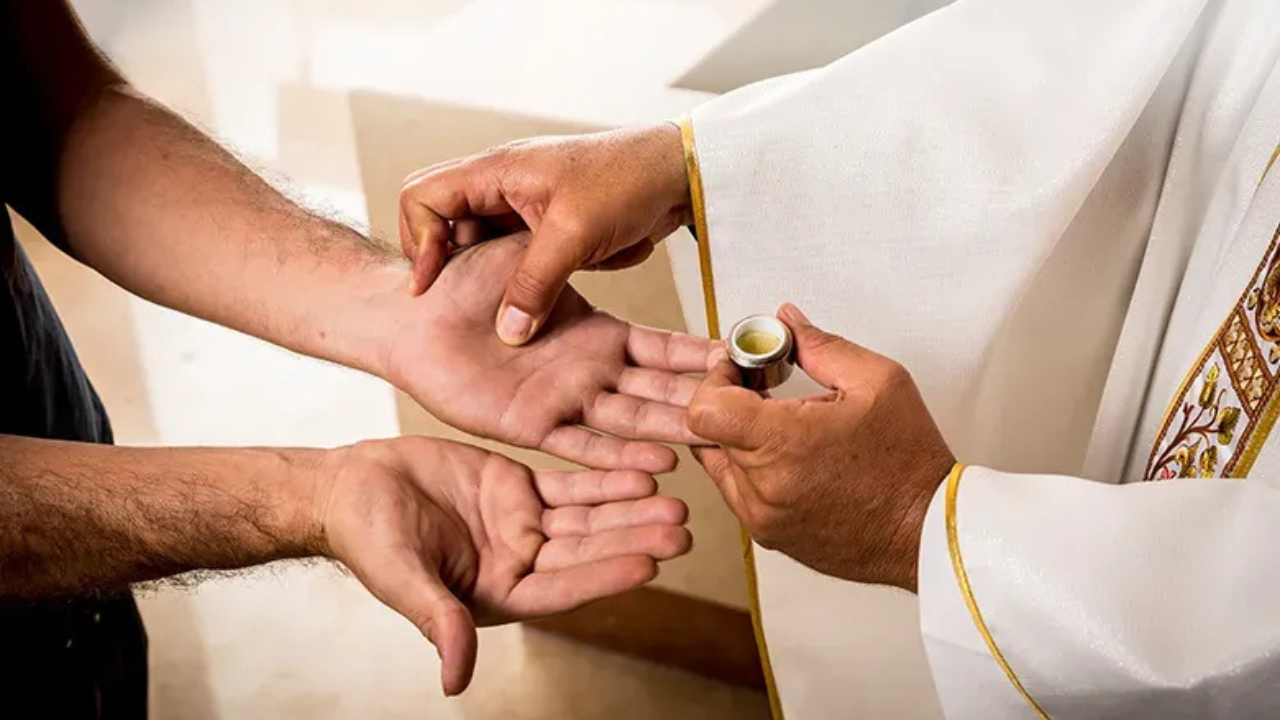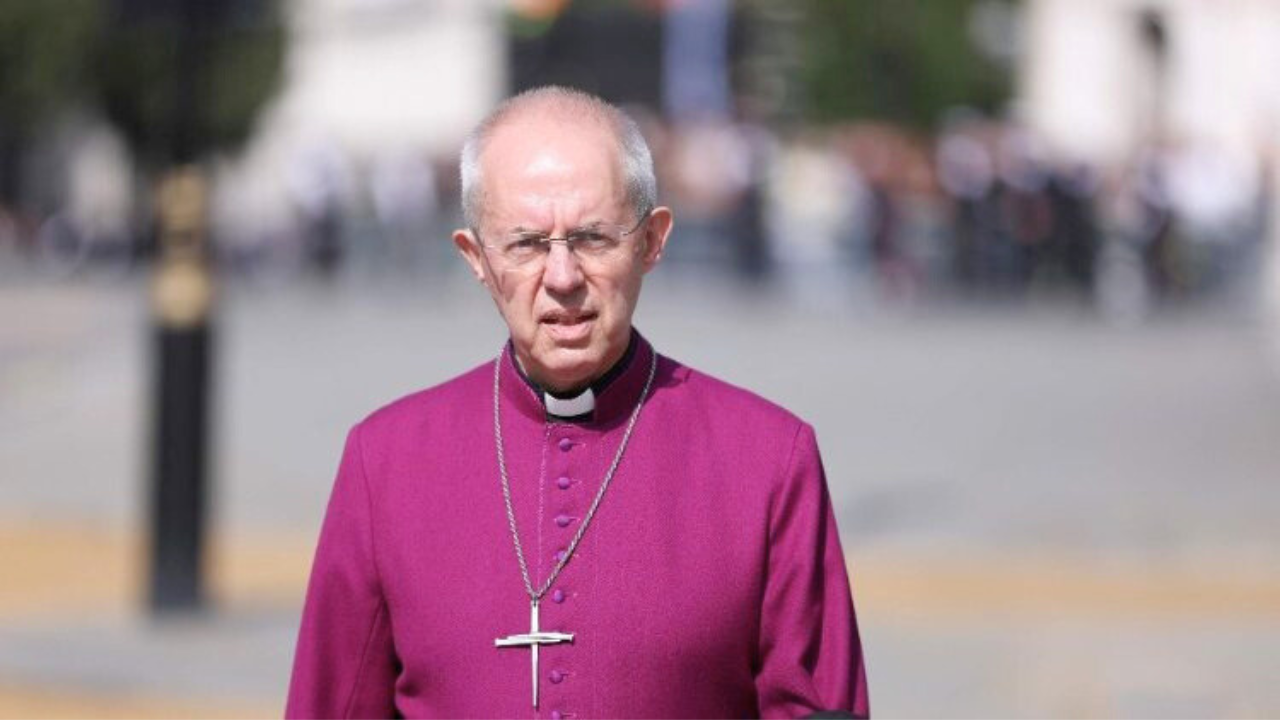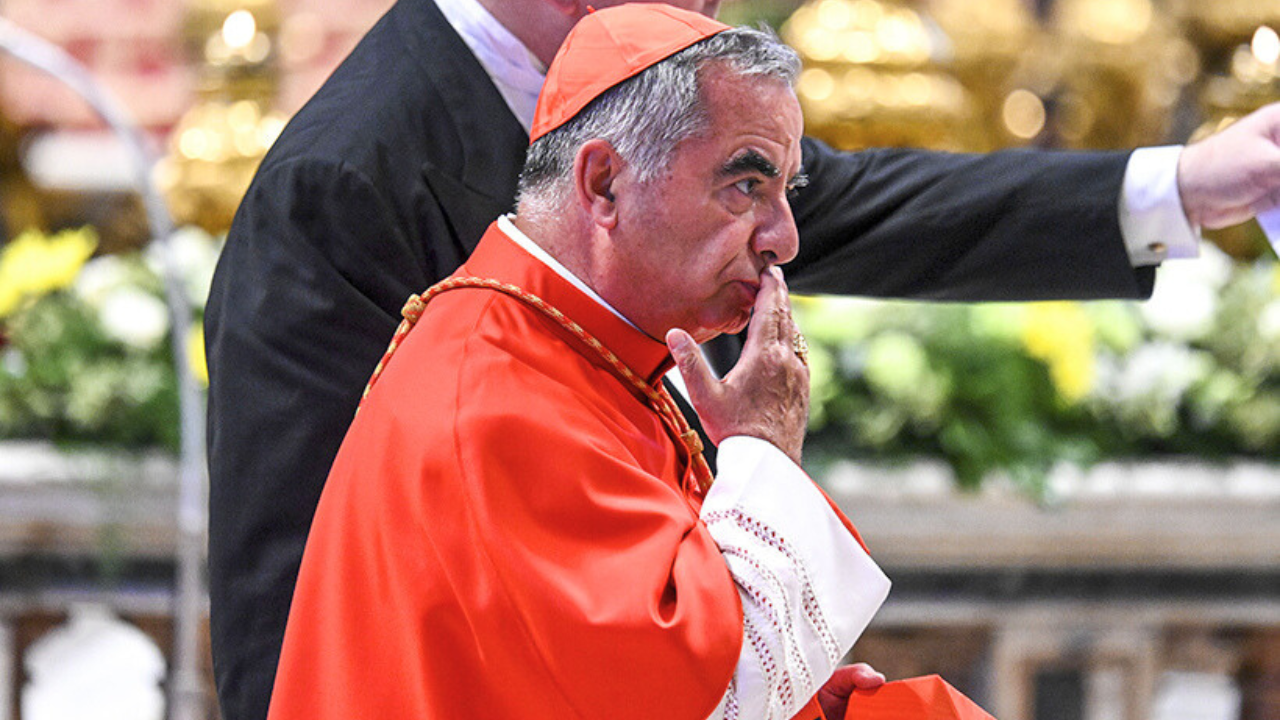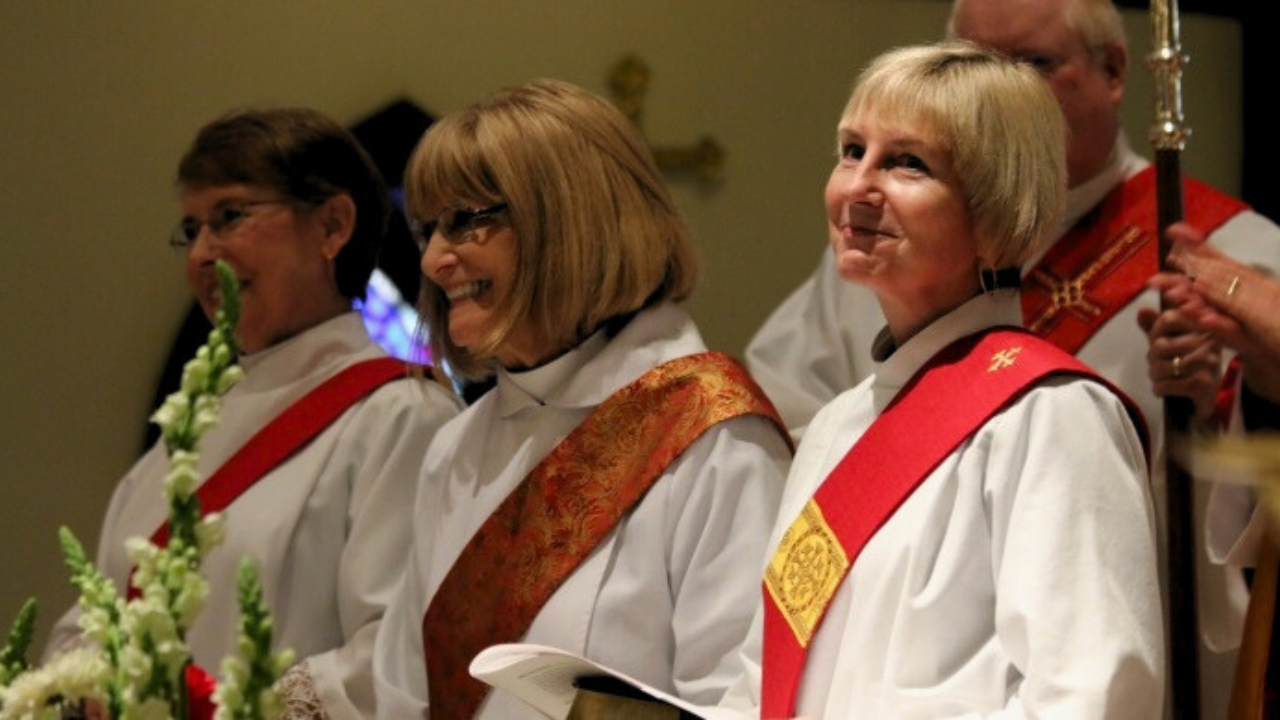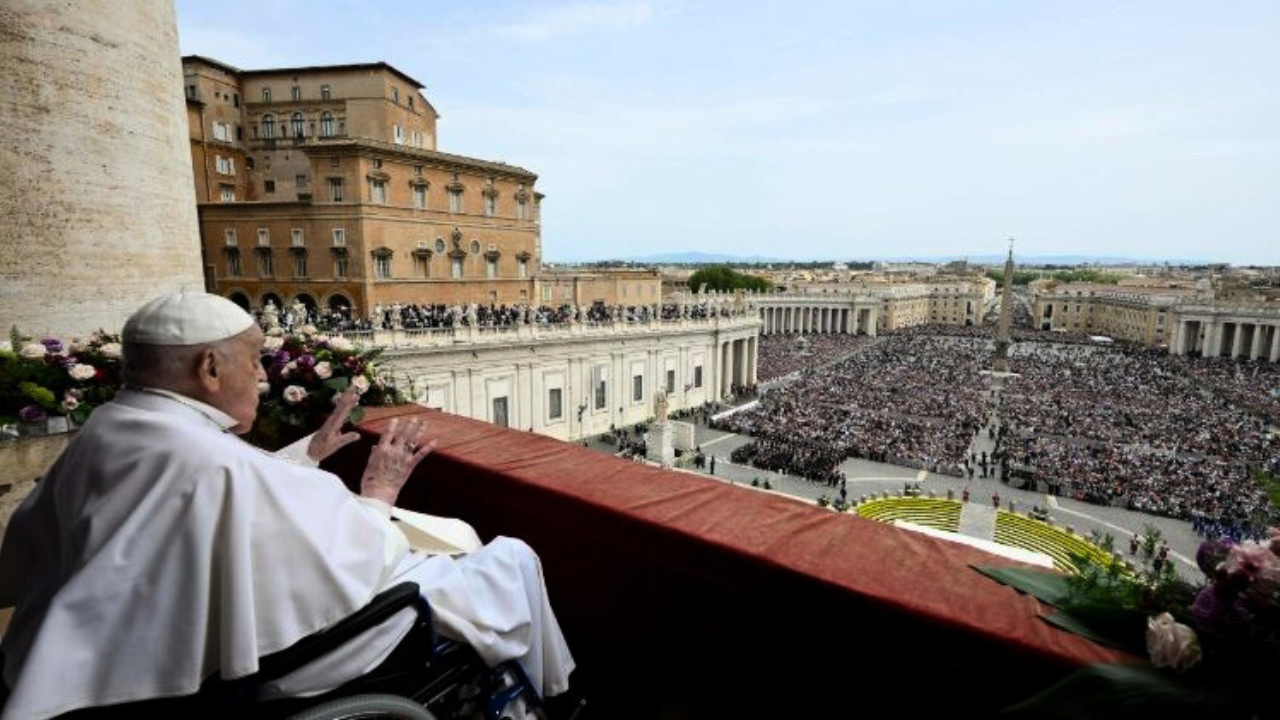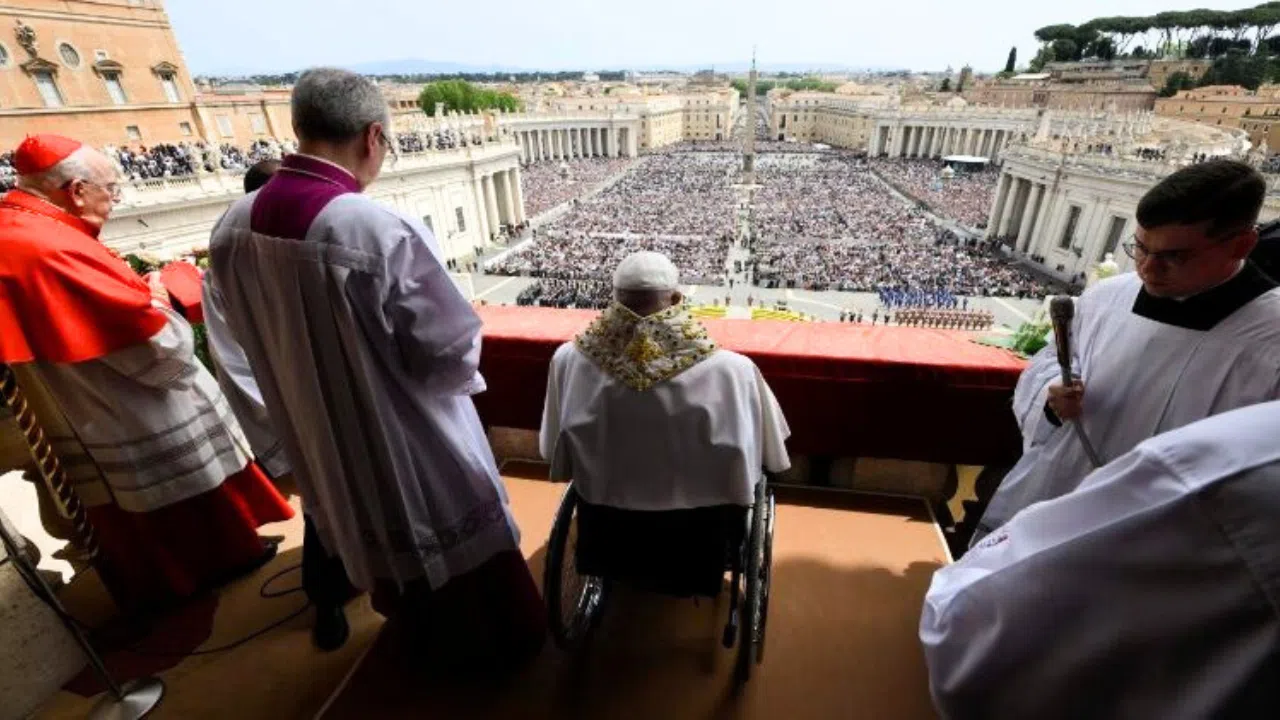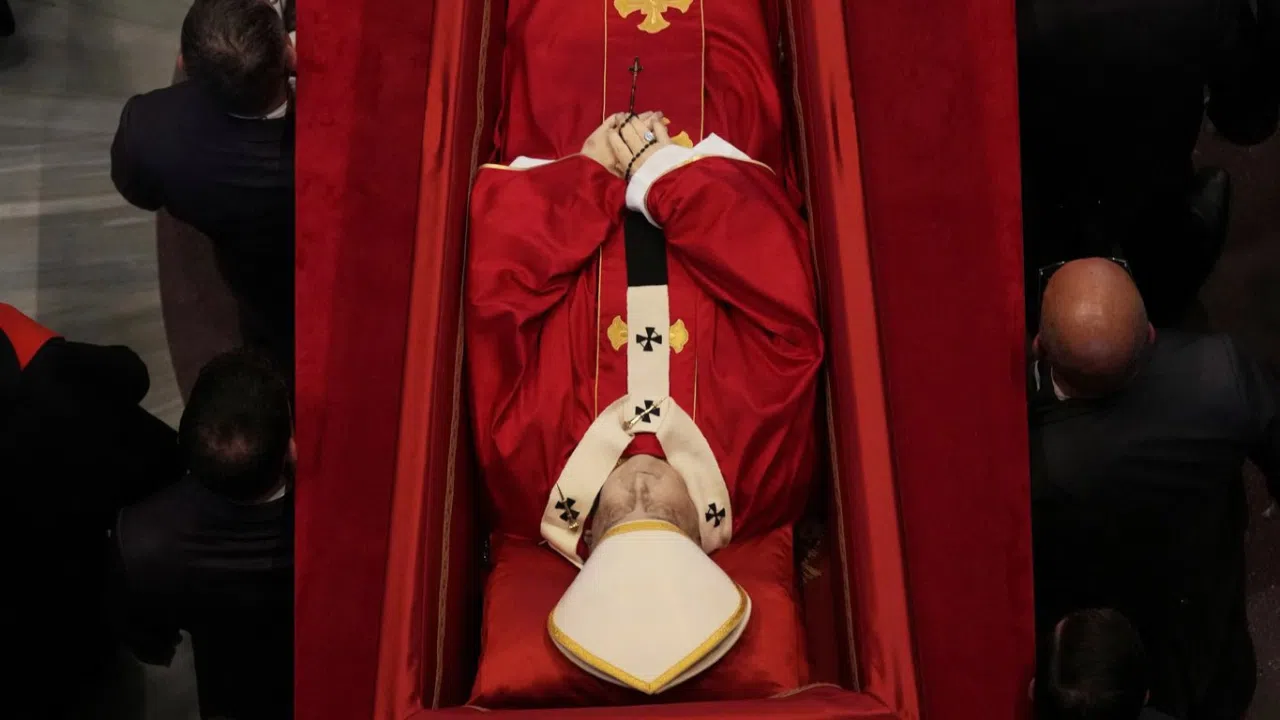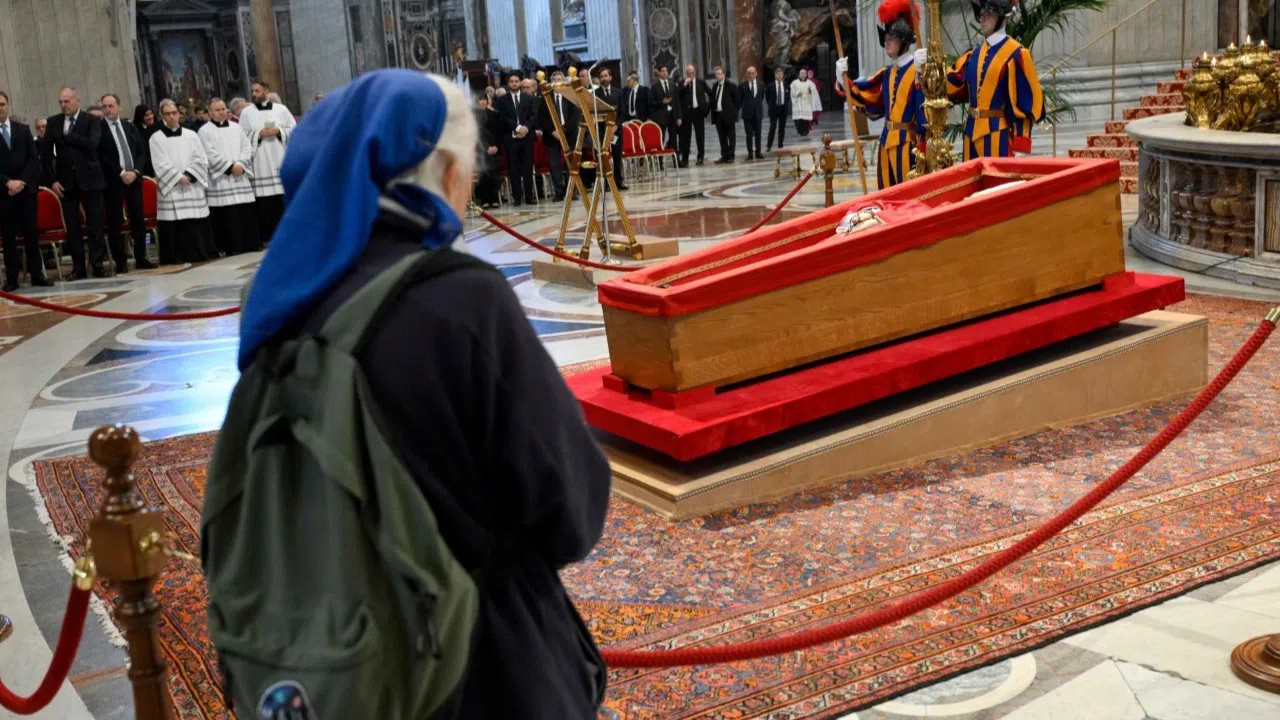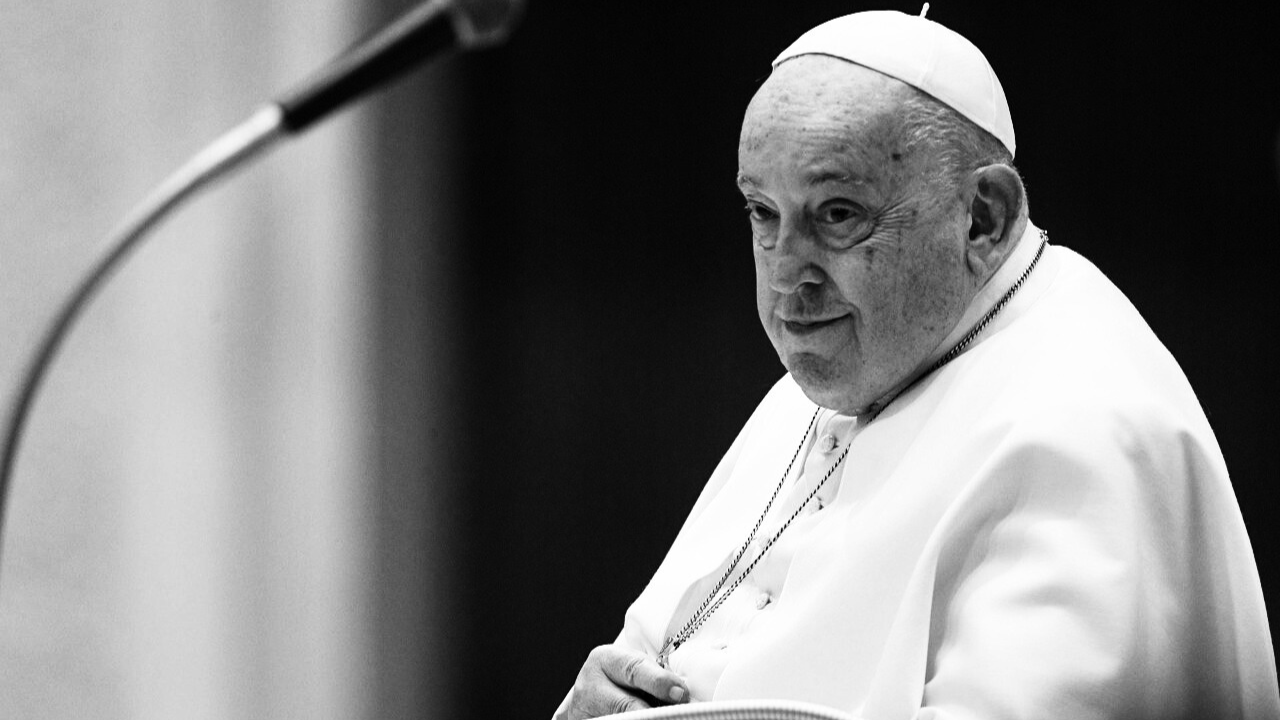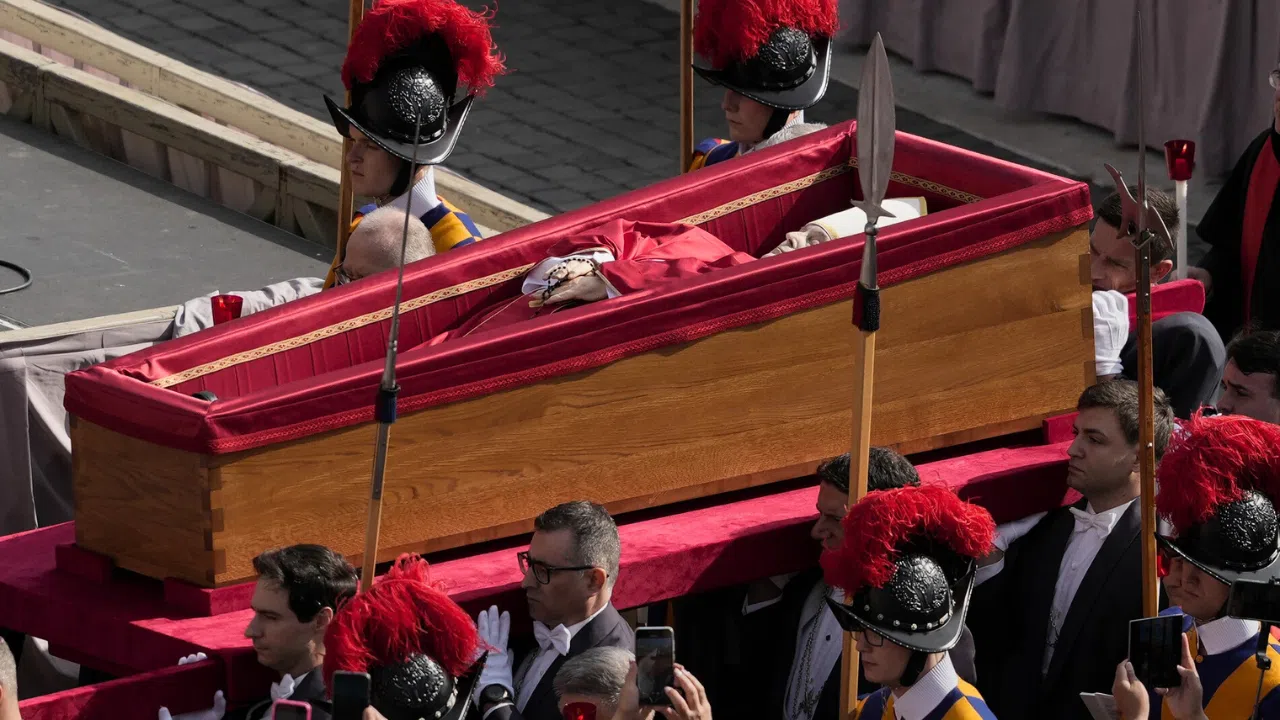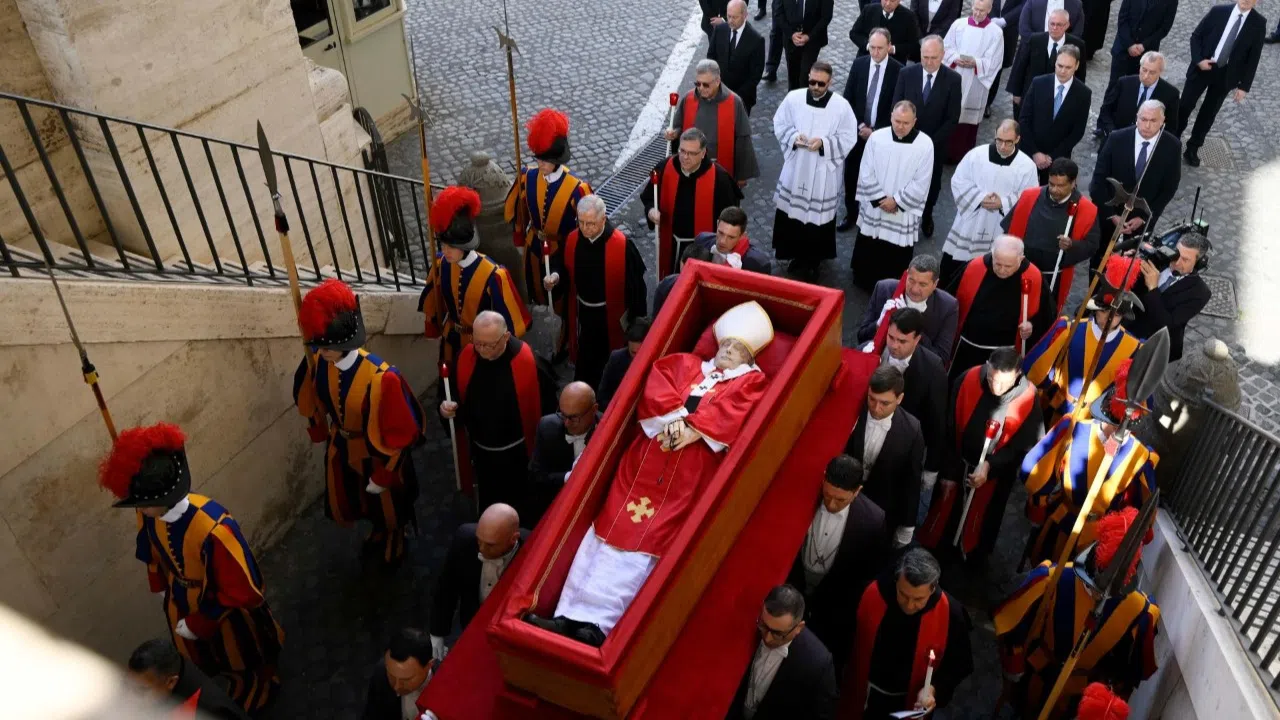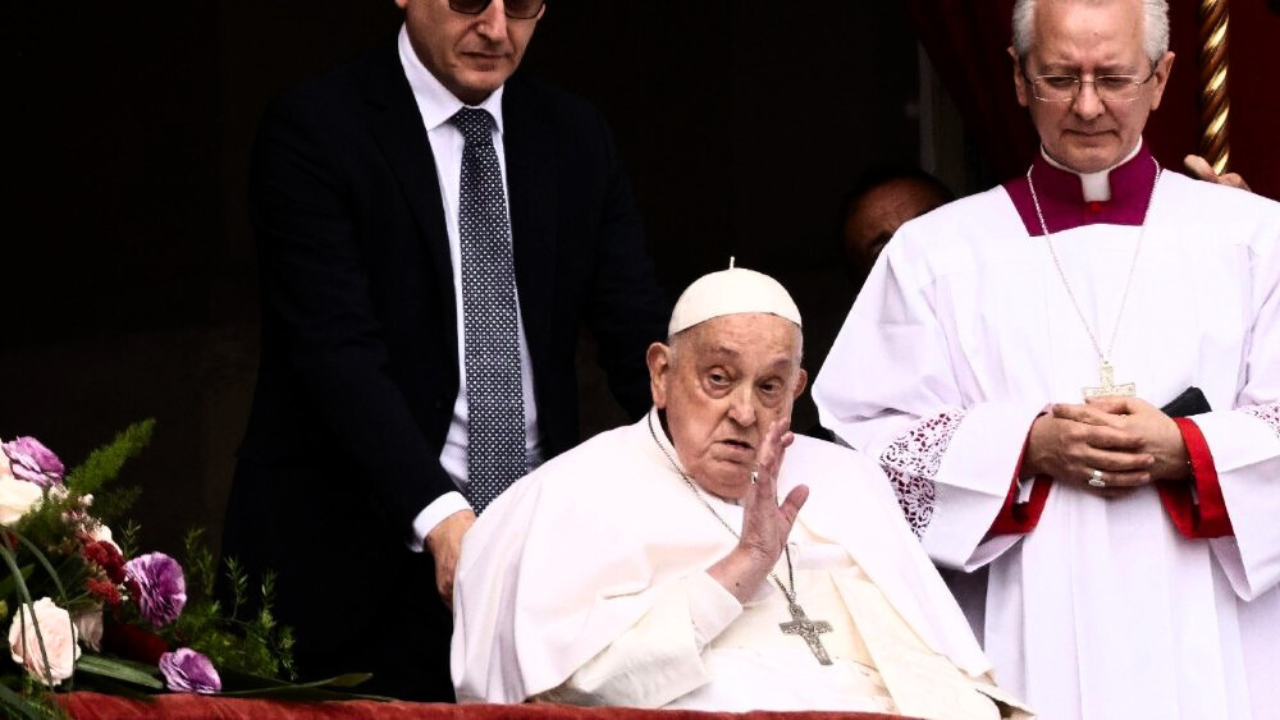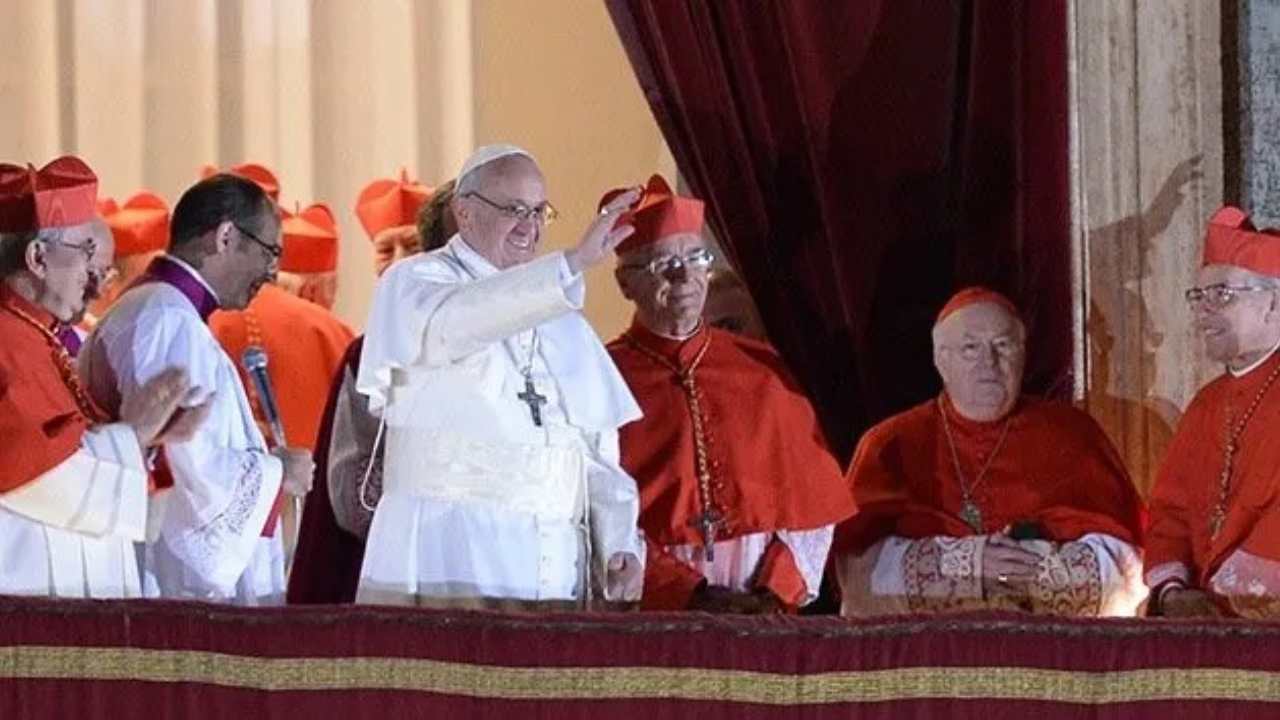Bad Apples: Dealing with Sex Abuse in the Church from ROME REPORTS on Vimeo.
Boston. January 2002
There are two recurring elements in the sexual abuse crisis: a priest who abuses children and a bishop who did not immediately remove him from contact with children.
On January 6, 2002, the Boston Globe published the story of father John Geoghan, who for 30 years had abused more than 130 children. Boston Cardinal Bernard Law thought the problem could be solved by moving him to a new parish after abuse cases. So John Geoghan was transferred to half a dozen parishes. At each new parish, parents complained to the archdiocese that the priest had abused children.
Geoghan's case triggered a wave of complaints against other American bishops who had also put avoidance of scandal above the safety of children.
The Pope summoned all American cardinals to the Vatican to brief him on the sexual abuse scandals.
John Paul II
Message to American cardinals
April 24, 2002
'People need to know that there is no place in the priesthood and religious life for those who would harm the young.â?
These words changed history. The bishops would have to remove the rotten apple in the basket before it taints the rest of the Church.
After the meeting at the Vatican, all the American bishops met in Dallas and signed a document titled 'Charter for the Protection of Children and Young People.' They proposed that it should be mandatory for the bishop to report abuse to the authorities and to expel the priest after the first offense against a minor.
For these to become mandatory rules for the bishops, authorization from the Vatican was needed. Four American bishops traveled to Rome to negotiate a formula that would allow them to immediately remove guilty priests.
JOHN ALLEN
National Catholic Reporter (U.S.)
Some senior Vatican officials thought that these aggressive policies the so called 'one strike and youâ??re outâ? policy is what the church needed. Others were quite opposed to it because they felt it was a betrayal of the Churchâ??s long tradition of canon law which does not use â??one size fits allâ?? penalties.
Only one Cardinal fully supported the determination of the four American bishops: the prefect of the Congregation for the Doctrine of the Faith, Joseph Ratzinger. His support was critical in getting what they proposed.
JOHN ALLEN
National Catholic Reporter (U.S.)
ORIG. ENGLISH
The American bishops proposed not just a set of policies but actual binding norms under Church law. They came to Rome to get the approval for them, which is technically called a â??recognitioâ?? and after a bit of back and forth that â??recognitioâ?? was granted so that by 2002 we didnâ??t just have a climate of goodwill or a sort of gentlemanâ??s commitment to doing this right, we had binding law that bishops were obliged to follow.
As a result, the proposals became the 'Essential Norms', the essential rules that every American bishop had to follow.
The norms were adopted on December 8, 2002. From that moment on, the United States began expelling guilty priests. Several bishops who had not aggressively dealt with the problem went into early retirement.
On March 19, 2010, Benedict XVI wrote a long letter to the Catholics of Ireland on sexual abuse by clergy. In the letter, the Pope identified four factors that have worsened this crisis.
- The poor selection of candidates for the priesthood,
- Insufficient moral and spiritual formation in seminaries,
- The social tendency to protect clergy
- A mistaken concern for the reputation of the Church and to avoid scandals, which leads to a failure to apply the canonical penalties and the failure to safeguard the dignity of the victims as human beings.
JOHN ALLEN
National Catholic Reporter (U.S.)
'For decades there was a culture of protecting the good name of the Church. Meant to keep the abuse hidden. There was a tribal morality of the clergy because their most important duty was to hold harmless the members of the club in danger. This means forgetting about the rights of children, their parents, their families, the whole Church and society.'
'Today the situation is completely different. If you reach a credible accusation against a Catholic priest anywhere in the world, you can be sure that two things happen. One, the Bishop removed from ministry a priest and two, it will be reported to the police'.
Child abuse is seriously harmful, and unfortunately as old as humanity. But it is more painful when caused by a person who has dedicated his life to God and serving others.
Good intentions are not enough. In places where no clean up is attempted, the bad apples will continue doing harm to new victims and damaging the image of priests.
Slave trade lasted until the 19th century, but it finally ended. Child abuse can also become just a sad reminder of the past.
The Catholic Church has the opportunity to lead a historic revolution. A diocese free of child abuse is a model and first step towards a society free of such crimes.
